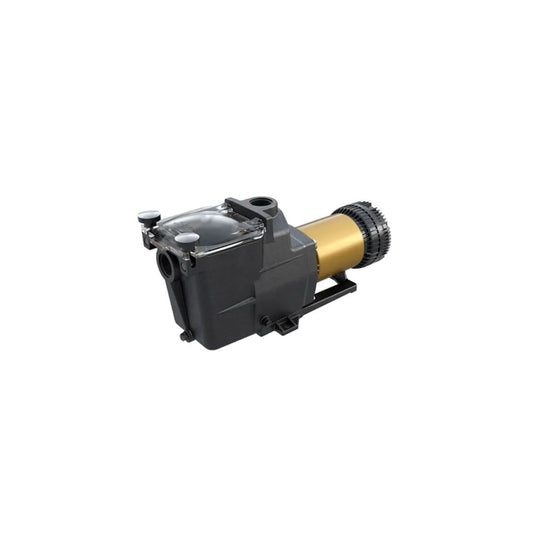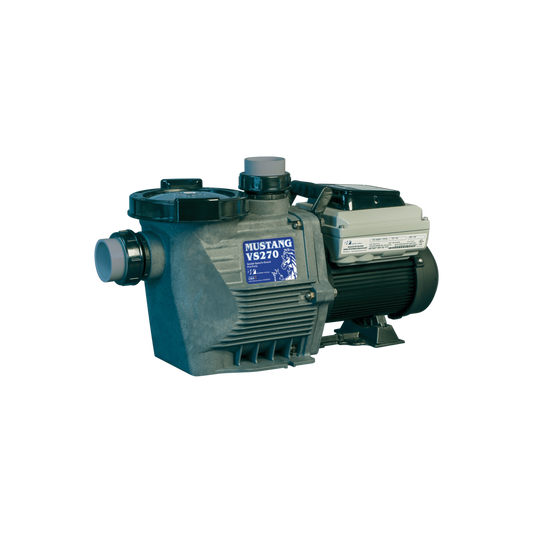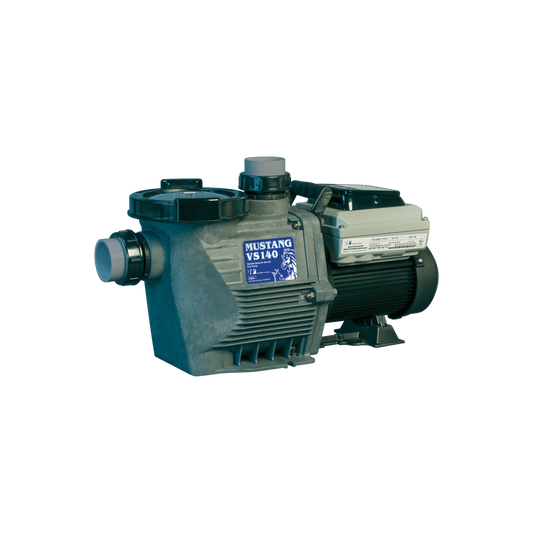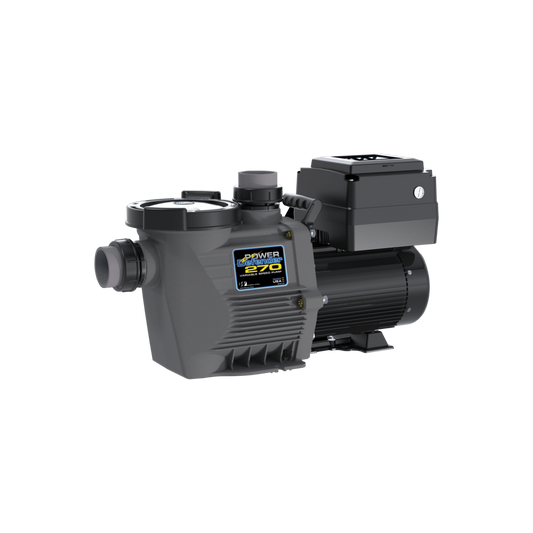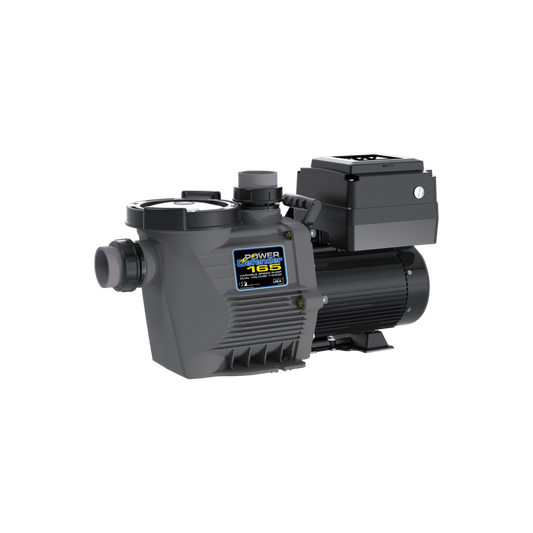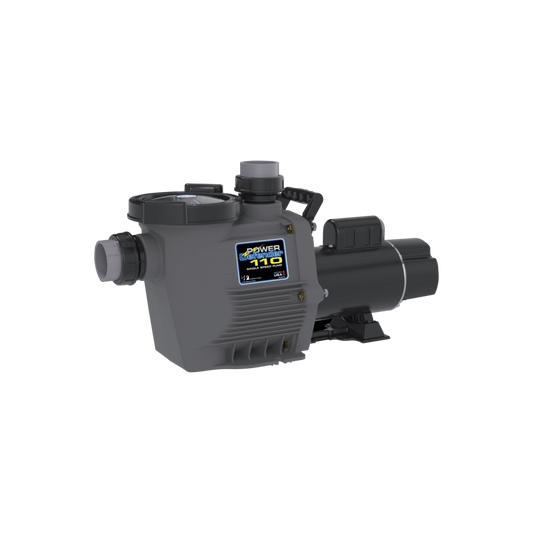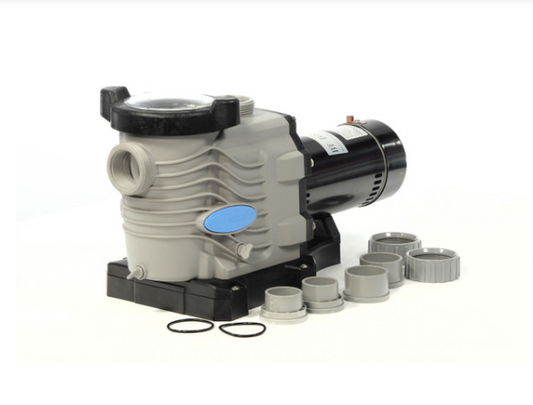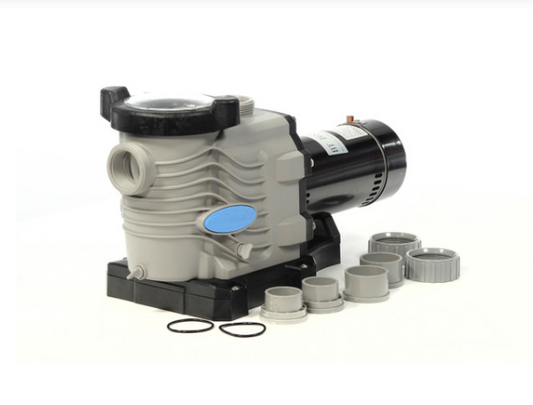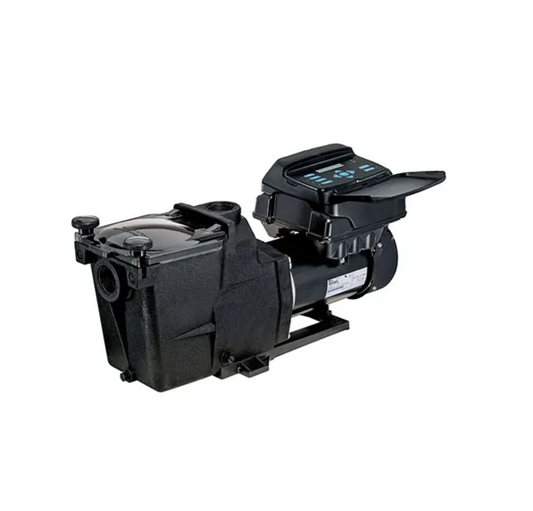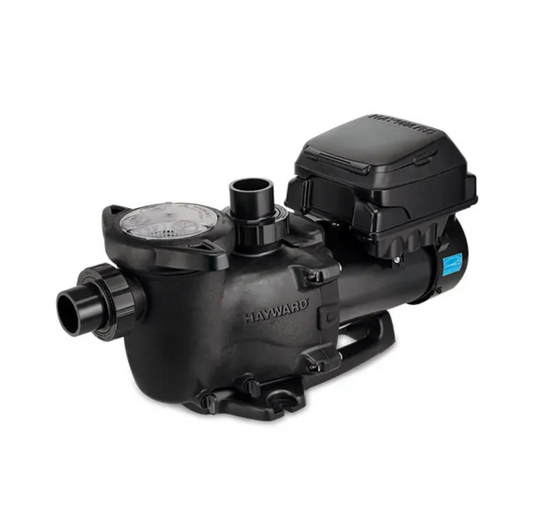Frequently Asked Questions
How do I know which pool pump is right for my pool?
The right pool pump depends on your pool size, plumbing, and filtration system. Variable-speed Hayward pool pump models are ideal for larger pools, while Blue Torrent pumps work well for standard residential setups.
How long does a pool pump last?
A high-quality swimming pool pump can last 8–12 years with proper maintenance. Regular cleaning and inspection of pool pump motors help extend lifespan.
How do I choose the right pool pump for my pool?
Selecting the appropriate pool pump depends on several factors:
- Pool Size: Larger pools require pumps with higher horsepower.
- Plumbing: Ensure compatibility with your pool's plumbing system.
- Energy Efficiency: Consider variable-speed pumps for energy savings.
- Brand Reputation: Opt for trusted brands like Hayward, Waterway, or Blue Torrent.
Are variable-speed pool pumps worth it?
Yes. Variable-speed pumps, like the Hayward pool pump Super Pump VS, can save up to 70% on energy costs compared to single-speed models.
Do I need a professional to install my pool pump?
While some homeowners install their own pumps, professional installation ensures proper setup, optimal efficiency, and compliance with local codes.
How often should I run my pool pump?
Ideally, a swimming pool pump should run 8–12 hours daily, depending on the pool size and usage. Variable-speed pumps allow flexible scheduling to save energy.
Can I replace a single-speed pump with a variable-speed pool pump?
Yes, many pool owners upgrade from a traditional single-speed pool pump to a variable-speed model. A variable-speed Hayward pool pump or similar modern pump offers improved efficiency, quieter operation, and flexible speed control. Just ensure that the new pump’s flow rate, plumbing connections, and horsepower match or exceed your system’s requirements.
Will a variable-speed pump reduce my electricity bills?
Absolutely. Unlike single-speed pumps that run at full power all the time, a variable-speed swimming pool pump can run at lower RPMs when full power is unnecessary. That flexibility often leads to significant energy savings, sometimes up to 50–70% less electricity usage, depending on pool size, usage, and cycle duration.

